 (modifié de Coste, Flore de la France 1937) :
(modifié de Coste, Flore de la France 1937) :
* Cliquer pour une clé simplifiée des graminées des Cévennes
Groupe IX : Panicule lâche, 2+ fleurons hermaphrodites, ligule membraneuse, arête terminale/sub-terminale/absent. Glumes de petite taille.
Plante annuelle de 20-50 cm, glabre, à racine fibreuse ; tiges dressées, souvent genouillées à la base
Écologie : (répartition d'après la flore) Lieux secs et arides du Midi, jusque dans la Drôme, l'Ardèche, l'Aveyron Corse ;
Répartition hors de France : Région méditerranéenne; Cap, Indes, Australie.
 (modified from translated Coste):
(modified from translated Coste):
NOTE: the French text is more complete and up-to-date
* Click for simplified key to the grasses of the Cévennes
Group IX: Loose panicle, 2+ fertile (hermaphrodite) florets, membranous ligule, absent or terminal/sub-termimal awn; short glumes:
Annual plant of 20-50 cm, hairless, fibrous root; stems, often bent at the base
Ecology UK: Not native to the UK - France: Dry and arid places of the South, as far as the Drôme, the Ardèche, the Aveyron Corsica;
Distribution outside France: Mediterranean region; Cape Town, India, Australia.
Fleurs : panicule simple, penchée, unilatérale, peu fournie, à rameaux flexueux, solitaires ou géminés, ne portant que 1-2 épillets ceux-ci d'abord ovales-aigus et d'un blanc argenté, puis fauves, grands (10-15 mm), penchés, à 7-15 fleurs ; glumes ovales, souvent rougeâtres ; glumelle inférieure suborbiculaire en coeur
Floraison France : Mai-juin.
Flowers: simple, drooping, one-sided, sparsely supplied, stems flexible, solitary or twinned, bearing only 1-2 epillets, initially oval-acute and silvery white, then tawny, large (10-15 mm), drooping, with 7-15 flowers; glumes oval, often reddish; lower glumelle suborbicular, cordate.
Flowering UK: (none) - France: May-June.
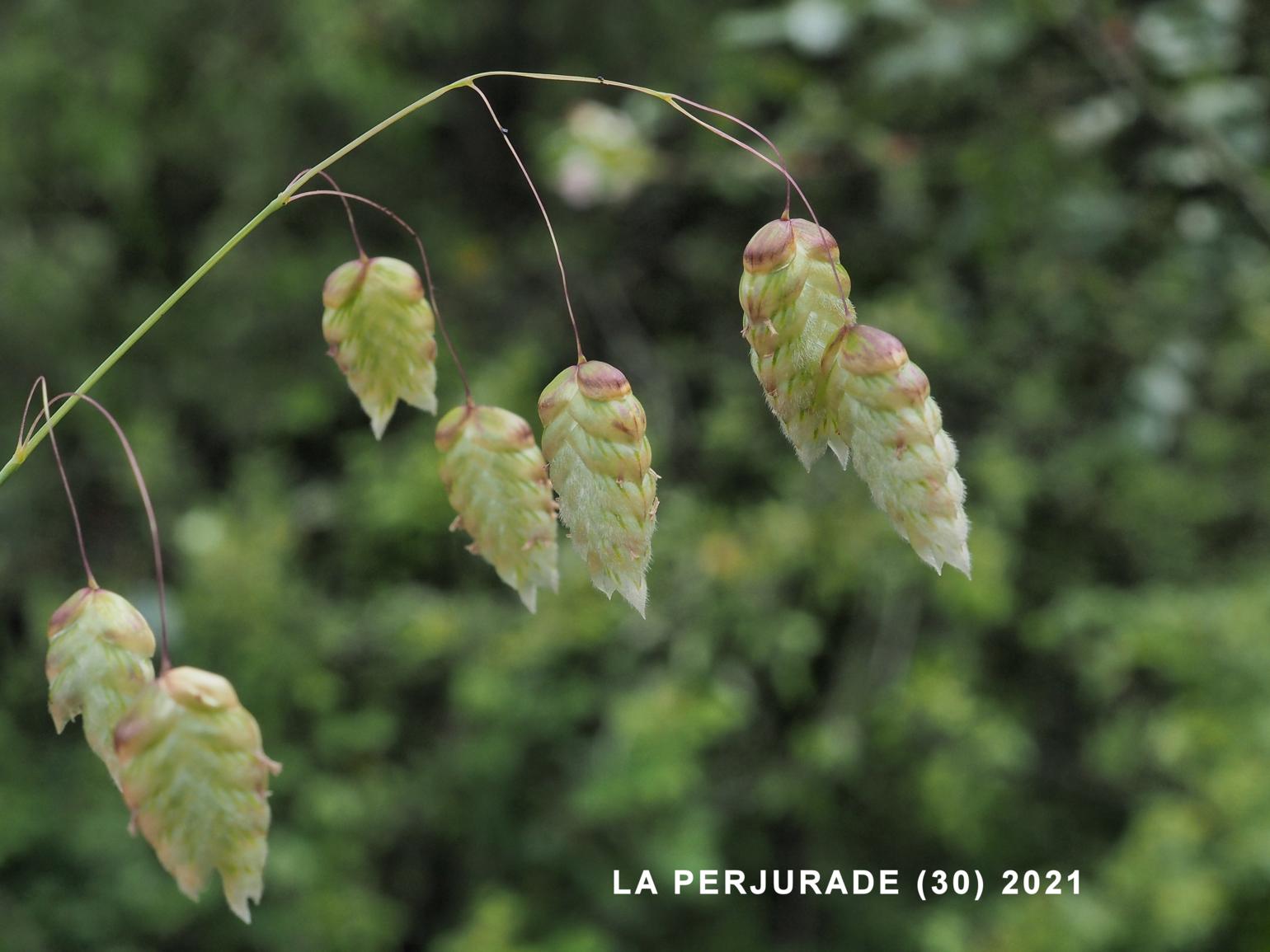
 Quaking-Grass, Large
Quaking-Grass, Large
 Brize, grande
Brize, grande
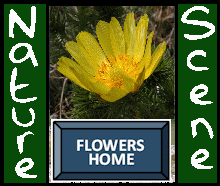


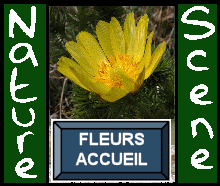
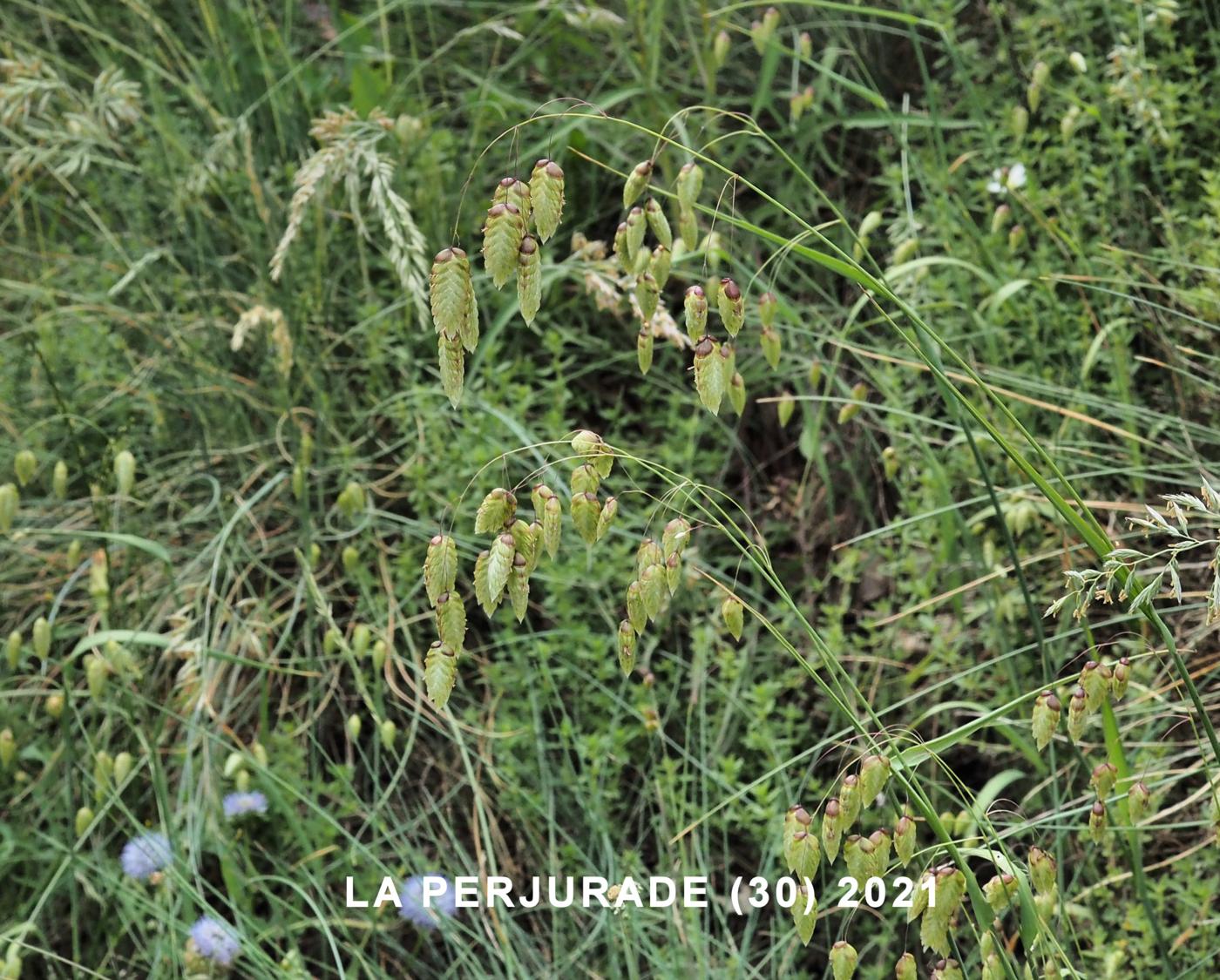
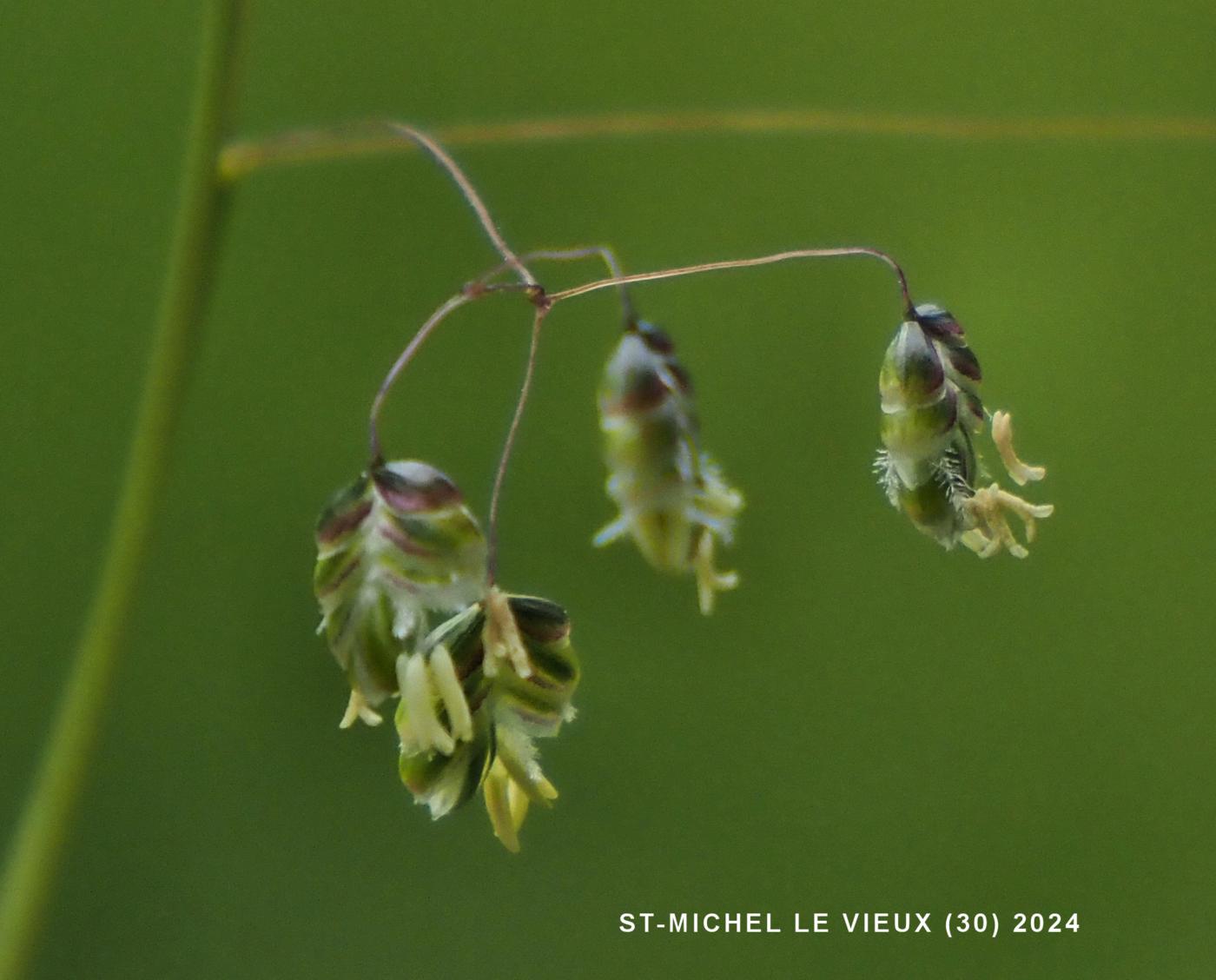
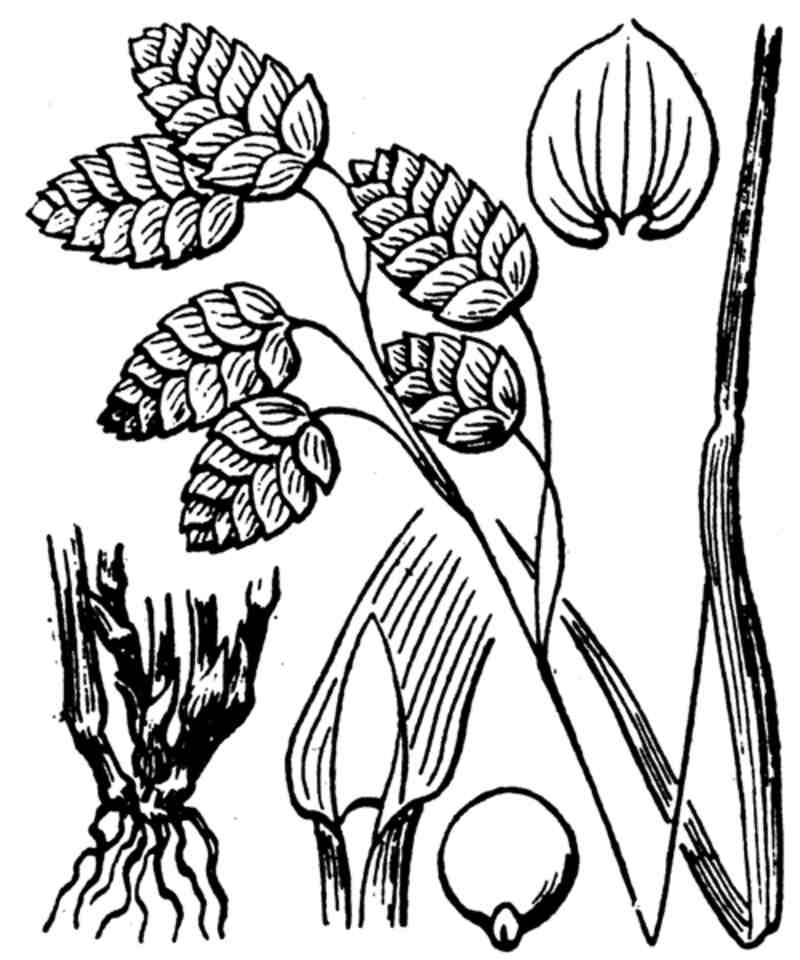
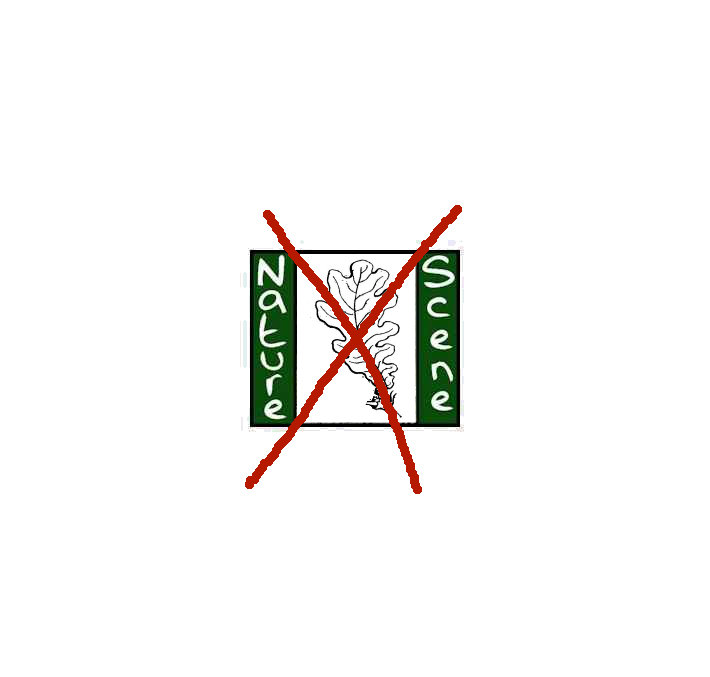
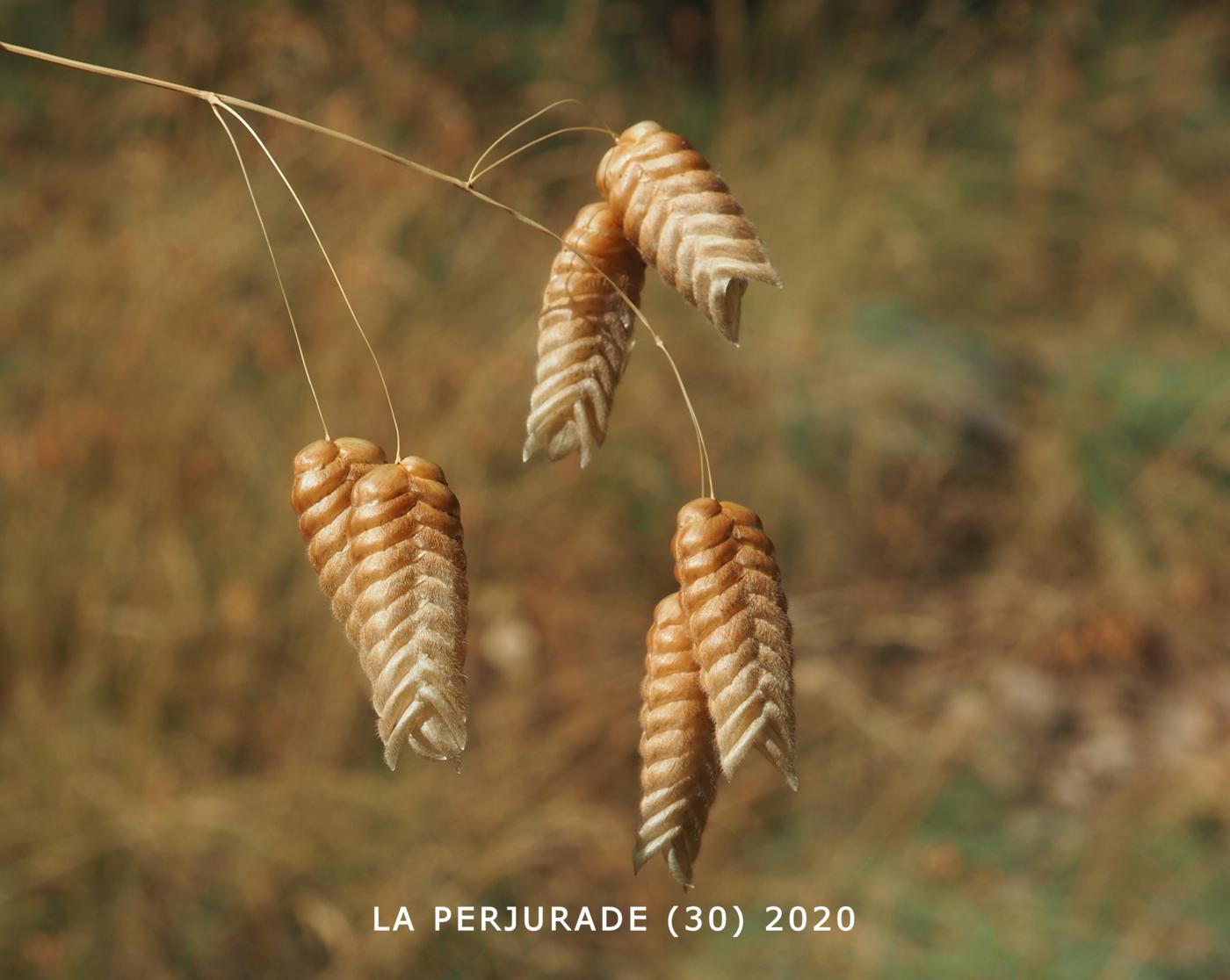
 Please
consider
Please
consider 











